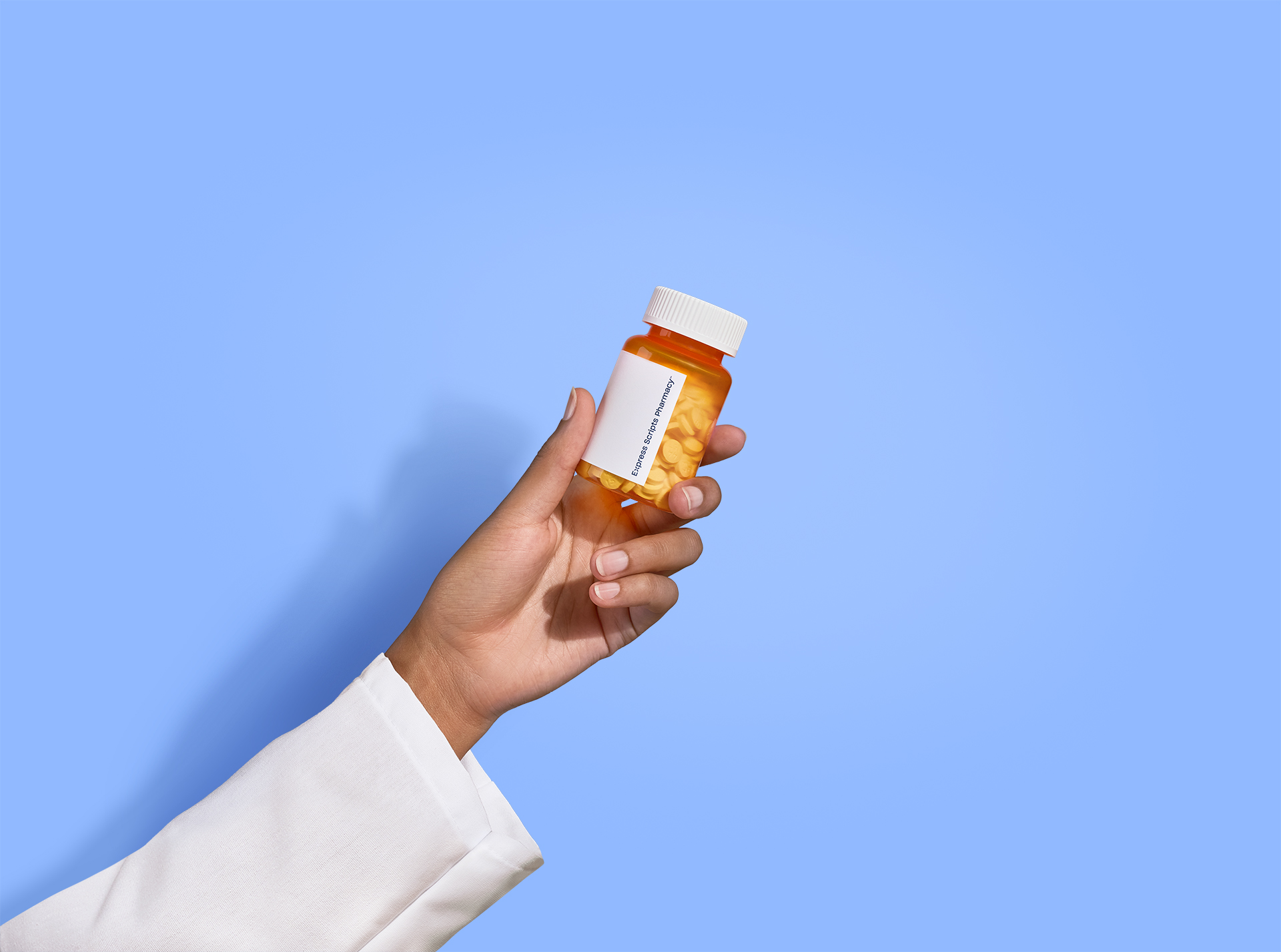Understanding GLP-1s: The Medication Everyone Is Talking About

Originally developed to help manage type 2 diabetes, glucagon-like peptide-1 drugs or GLP-1s, have become a hot topic in the news and social media for leading to another powerful effect – weight loss.
You may have heard about medications like Ozempic®, Wegovy®, Zepbound® and Mounjaro® that have surged in popularity as more people look for additional options to help lose weight and manage chronic conditions. As these medications grow in use, so does the importance of understanding how they work, what to expect in terms of benefits and side effects, and how lifestyle changes such as proper nutrition and regular exercise play crucial roles in achieving long-term positive health outcomes.
What are GLP-1s?
GLP-1 is a hormone that the body naturally produces that helps regulate blood sugar, appetite and digestion. GLP-1 medications contain a synthetic version of this naturally occurring hormone that enhances its effects in the body. It does so by acting as an agonist – a substance that mimics the naturally occurring hormone by attaching to the same cell receptors in the brain and producing a similar or enhanced response in the body, including improved insulin release, lower appetite and slow digestion.
How exactly do they work?
GLP-1 medications are commonly available as an injectable and are typically injected into subcutaneous or fatty tissue under their skin in certain areas of the body such as the abdomen, thigh or buttocks.
When GLP-1 medications enter the body, they bind to the receptors in the brain and work in several ways to support metabolic health.
- They stimulate insulin release. Insulin is an essential hormone that lowers blood sugar by facilitating glucose uptake in the body to be used for energy. Type 2 diabetic patients either struggle to produce enough insulin or to effectively use insulin, which often leads to elevated blood sugar levels. GLP-1s were initially indicated to help treat type 2 diabetes by lowering blood sugar levels in the body.
- They reduce the amount of glucose produced by the liver. By stimulating insulin release and suppressing glucagon secretion (a hormone released by the liver that increases glucose in the bloodstream), GLP-1s contribute to reduced blood sugar levels.
- They slow down how quickly food leaves your stomach. GLP-1s influence the stomach’s motility and emptying process by reducing the force and frequency of stomach contractions. This slows down the overall pace of digestion and allows people to feel fuller for longer.
- They help reduce appetite. By slowing down the stomach’s emptying process, GLP-1s prolong the feeling of fullness. This leads to decreased food intake and can lead to weight loss.
Altogether, the actions of GLP-1s help to lower a patient’s A1C levels (a measurement of the amount of blood glucose over a 3-month period), manage their weight and reduce their risk of chronic health complications.
What are the potential side effects?
Some people who take GLP-1s report experiencing certain side effects, particularly gastrointestinal symptoms including nausea, vomiting, diarrhea and constipation. These are the most common side effects of GLP-1s. Healthcare providers recommend managing these side effects by eating slower, reducing portion sizes, staying hydrated and withholding physical activity immediately after eating.
When taking GLP-1s, patients should also consult with their provider to manage their dose of medication. This often involves dose titration – a process in which the dose of medication is gradually increased over days, weeks or sometimes months to achieve the optimal therapeutic effect while minimizing side effects.
Who might benefit?
GLP-1s have been commonly used to help adults with type 2 diabetes who are struggling to reach their A1C goals. They have more recently grown in popularity for their potential to promote weight loss. Adults with type 2 diabetes, a body mass index (BMI) of 30 or above, or a BMI of 27 or above with health-related complications such as high blood pressure and sleep apnea might consider treatment with a GLP-1 medication.
If you think GLP-1s might be right for you, consider speaking with your primary care doctor or specialist. It’s important to have open communication with your providers about your health history and goals so that they can assess your needs and determine if GLP-1s are right for you.
Evernorth EnGuideSM Pharmacy, powered by CHD, is here to help
GLP-1 medications have unlocked an effective path to manage chronic health problems – but medication is just one piece of the puzzle. Having the right pharmacy partner in your corner makes all the difference.
Evernorth Health Services recently launched Evernorth EnGuideSM Pharmacy, a new pharmacy focused solely on GLP-1 home delivery to meet the growing need and demand for these critical medications. With EnGuide Pharmacy, eligible members have access to an enhanced clinical service model tailored to their needs. EnGuide Pharmacy provides support from specially trained clinical pharmacists, flexible payment plans, and the convenience of having medications delivered safely and on time right to your doorstep.
Both Express Scripts® Pharmacy and EnGuide Pharmacy will continue to deliver unparalleled personalized guidance and expert care beyond that of traditional pharmacy services. Reach out today to learn more about how Express Scripts Pharmacy and EnGuide Pharmacy are here for you.
Posted date: June 11, 2025


